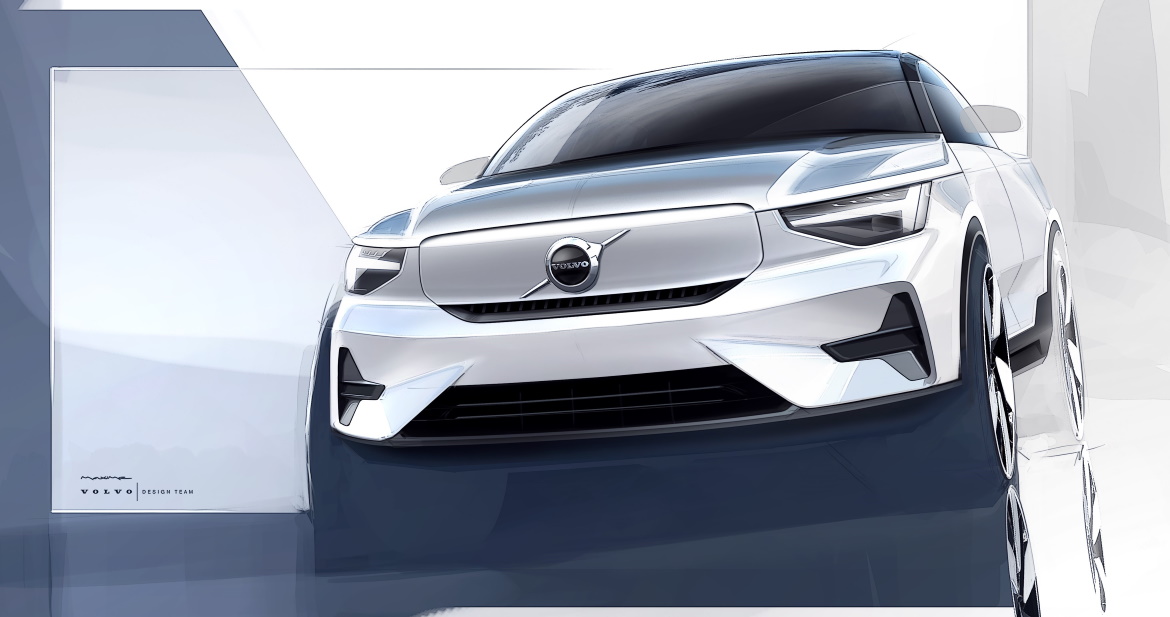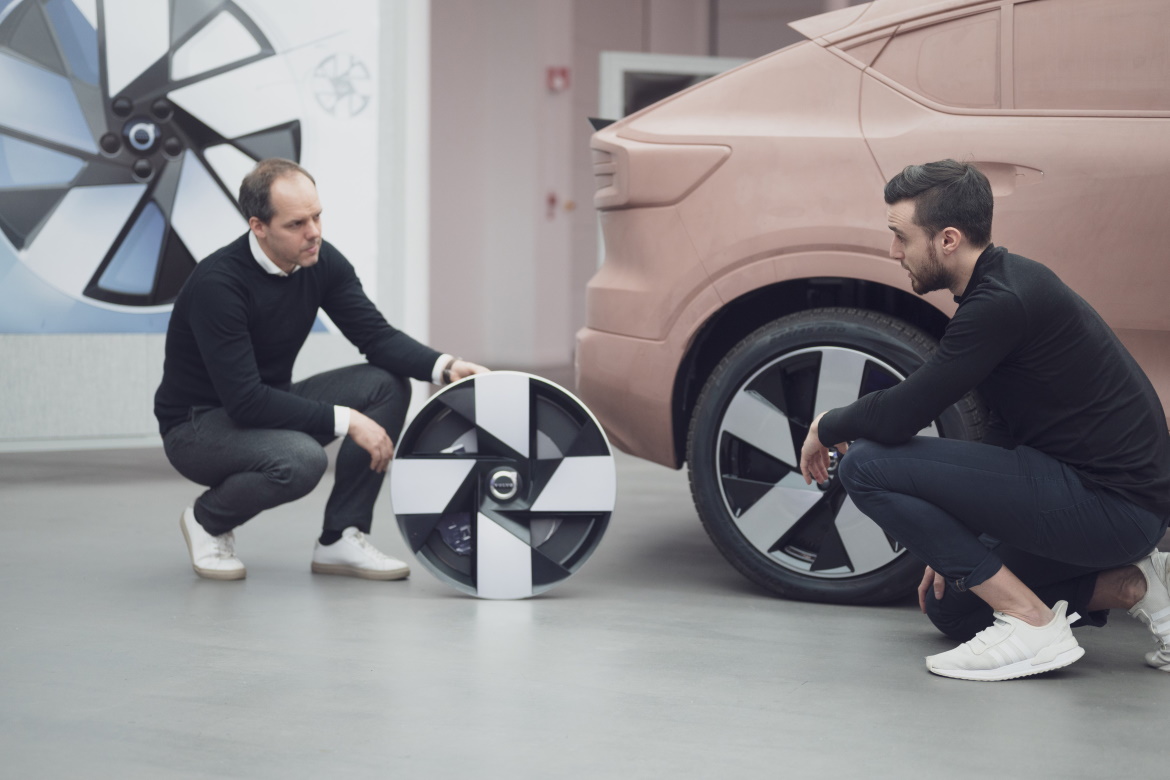In many ways, the Volvo C40 Recharge embodies Volvo’s future. It is the first Volvo model in history designed as purely electric and the first to be marketed exclusively online. “The C40 is a car that symbolises electrification and delivers on its promises,” said Robin Page, head of design at Volvo Cars. Based on the core elements of the XC40 Recharge, which we drove in its plug-in, 100% electric version in Italy around the city of Bologna, the C40 exudes the same sense of power and strength of character as its ‘sister’, while being more athletic and lighter.
This idea of innovating by taking a cue from the familiar can be seen in the individual details: the distinctive Thor’s hammer headlights are enhanced with new LED pixels that automatically adapt to the lighting conditions and switch on and off independently to optimise the light beam; the equally distinctive vertical rear light clusters are now segmented and show how the engineering challenge of extending the lights seamlessly along the roofline was met, giving a modern twist to a classic design.
As with the XC40, the C40 was born from a spontaneous sketch by one of the team’s designers. And Yury Zamkavenka’s sketch “started from the initial idea”, according to T. Jon Mayer, head of exterior design. “That doesn’t happen very often. When it does, it’s always the ideas with the most impact that come through, because from the very first sketch, their uniqueness comes through,” continues T. Jon, adding that the car’s uniqueness – its dominant seating position combined with an aerodynamic profile – is evident when it’s on the road alongside other cars.
“One of my favourite views of the car is the seven-eighths rear view, which allows you to see the side and profile of the coupe line,” explains T. Jon. “From here you can see the typical elements of the SUV, which in turn rests on large wheels, highlighting its robustness. But this is lightened by the elegant slenderness of the roof. The car recalls the solidity of the XC40, but in a more dynamic way. These combinations give it a totally different image, while retaining our DNA.














